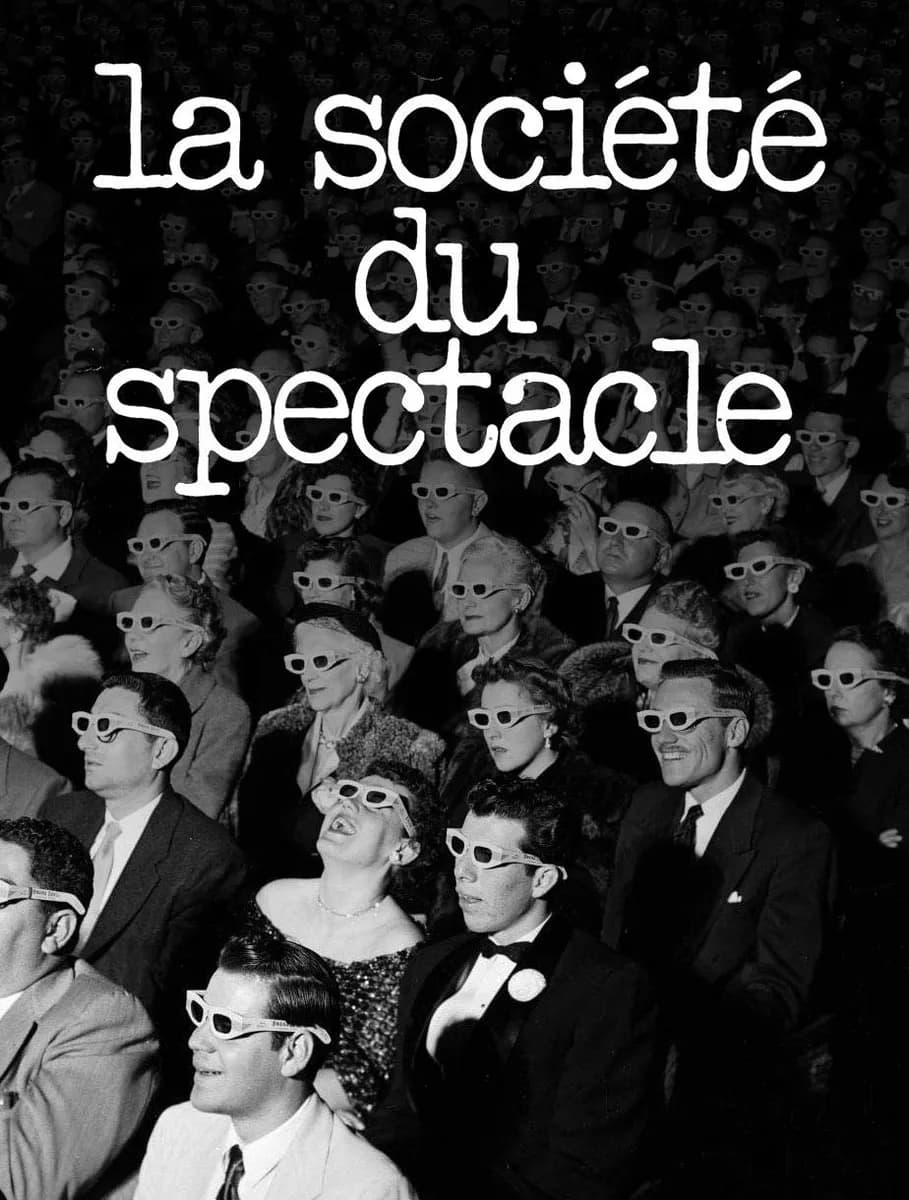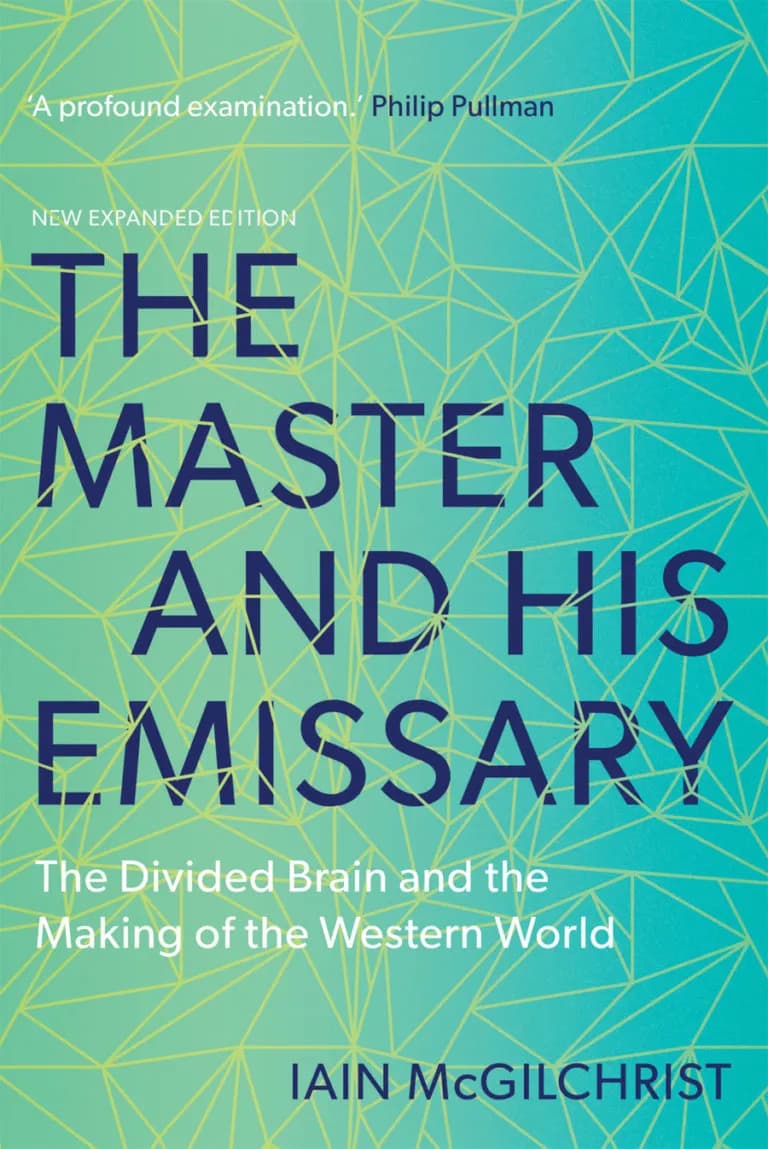Weekly Check-in: 11/15
Society of the Spectacle / The Master and his Emissary
 Illustration by Kelsey Holmes
Illustration by Kelsey HolmesFor the sake of accountability, I am trying to regularly writing check-ins on my work in progress.
See all check-ins here.Last Week's Update
On Daybird, I built a new "/" menu for creating tasks, a new onboarding experience where we add onboarding text right into your Today note, a bunch of bug fixes, and two user tests on Fiverr. Also, my friend Andriy has a new design for Daybird and it looks great.
The good:
- note-based onboarding is successful - users spend a lot more time reading the onboarding because it's permanent and not a modal dialog that can be dismissed immediately.
- slash menu feels good and I think is an improvement in usability
- people are getting much further in user testing - landing page, sign in, calendar, and notes all make sense - it's just the tasks piece that's not intuitive.
The bad:
- there is still confusion on creating tasks. I've been thinking that this will really require an overhaul of the entire task editing mechanics.
- user testing revealed a few other bugs - some font color issues on Windows. I always forget how many people out there use Windows.
Onward to the next set of fixes and another round of user testing. Third time is a charm?
Book Reports
I'm going to share a bit of my notes from books I've been reading recently.
The Society of the Spectacle by Guy Debord

This is an critique of modern society from 1967 and is absolutely phenomenal at explaining why even though there's so many new things that happen every week / month / year, nothing ever seems to change. The gist of the book is that our society is all about "the spectacle" - we have our basic needs met so fully that they no longer really motivate us, so modern society has crafted an artificial spectacle to keep everyone busy.
I'm planning on writing an entire article about how this book applies to our modern technology, but here are a few highlights:
In the spectacle ... goals are nothing, development is everything. The spectacle aims at nothing other than itself
This is an interesting quote as I've been thinking about productivity - I take it to mean that we're never actually trying to accomplish any specific goal, but are always aiming to accomplish more - what he terms "development" - the process itself is a self-perpetuating, never-finished goal.
(speaking on the alienation of the spectator) The more he contemplates, the less he lives. The more he identifies with the dominant images of need, the less he understands his own life and his own desires.
On a related note, this quote suggests that by engaging in modern society (the spectacle), we actually lose touch with our real selves and what we want - to be replaced / subsumed by what society needs and wants.
Each individual commodity fights for itself ... to impose itself everywhere as if it were the only one in existence. The spectacle is the epic poem of this struggle.
Think of these "commodities" - and how they fight to be the only thing in your life:
- the NFL / NBA / MLB
- the Democratic / Republican party
- Google / Facebook / Amazon
- your smartphone
- Netflix / HBO / Hulu
- clothing brands (pick your favorites)
- car brands (pick your favorites)
- a house
And he ends that section with this amazing line:
The fetishism of commodities generates its own moments of fervent arousal. All this is useful for only one purpose: producing habitual submission
This book is amazing.
The Master and his Emissary

The thesis of this book is two-fold.
First, that our brain is divided into two hemispheres with different functions. The left brain is detail-oriented, prefers mechanisms to living things, prefers categories and abstractions, is more optimistic, and is self-interested. The right hemisphere is more big picture, more flexible, more self-critical, and is more generous. McGilchrist thinks the reason we have two separate hemispheres is that it's beneficial for both parts of the brain to operate independently within their parameters and then join their data together to form a holistic picture. Another analogy he uses is that the left-side is the predator brain - looking in the details for something interesting, while the right-side is prey brain - scanning the entire surroundings for threats. A lot of this is backed up by neuroscience, most often looking at patients with a specific left or right brain injury.
Second, he argues that in Western society, the left side has become increasingly dominant, which has led to an imbalanced worldview, a prevalence of certain mental health issues, and broad societal issues that can't be properly addressed without bringing both sides of the brain back into harmony. He traces this movement from the Greek philosophers through the Renaissance (he cites the invention of perspective as a major cognitive leap), the Enlightenment (which was very rationalist / left brain), Romanticism (a corresponding movement mostly inspired by the right brain), and onward to modern times.
Setting aside how accurate this assessment may be, it was very interesting to look at history through this alternate lens, and I feel like I see the world a bit differently having read the book.
Goals
-
Q4: Polyglot released with 3 active users
- Limited progress.
-
Q4: Daybird released with 10 active users
- Still doing user testing, hopefully one more round to clear up remaining confusion.
-
Q4: Ride 270 miles
- 95 miles down, 175 to go. I set up an indoor smart trainer this week and it's been a lot of fun to ride around virtual places.
-Tim